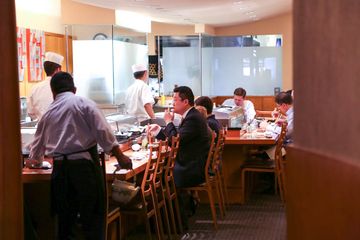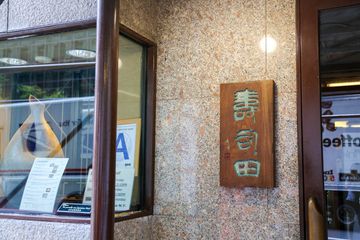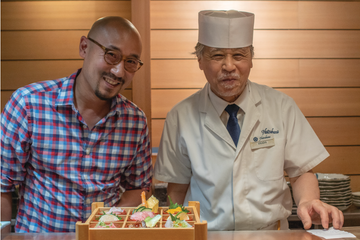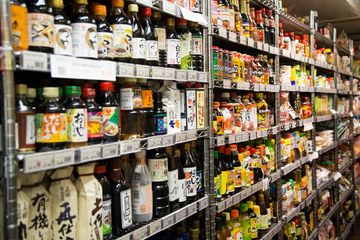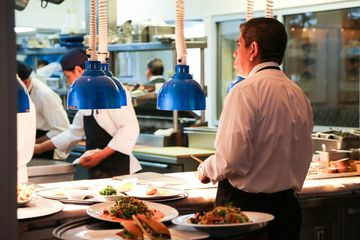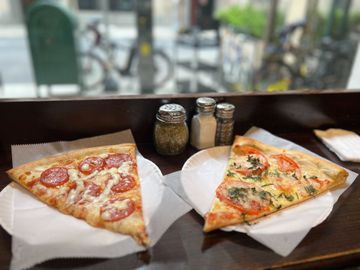Opened in 1992 and originally located on the Upper East Side, Oceana moved to 49th Street in 2009. The Livanos family sowed the seeds for the glorious Oceana long ago when they ran a diner and realized their ambitions to develop it into something more. Having worked hard to make their dreams a reality, Oceana continues to pride itself on the freshness of its food and makes a point to have direct relationships with the fish mongers and farmers. Although some have called Oceana the Mecca of seafood, the restaurant's menu is notably diverse. The executive chef, Ben Pollinger, takes to the broad reaches of American cuisine and mixes elements of different dishes together, often in an unexpected way. The Manhattan Sideways team eagerly sampled a few of the marvelous dishes, including the Copper River Sockeye Salmon Crudo, featuring pickled ramps, parsley oil, and Amagansett sea salt, and the Sea Scallops Ceviche that is topped with peaches, ginger, and cinnamon basil. I was pleasantly surprised by the incredible vegetarian dish that the chef also prepared - Summer Squash & Cranberry Bean Salad, consisting of zucchini, gold bar and pattypan squash, pignoli, purslane and drizzled in lemon vinaigrette. Absolutely delicious. The last member of the Oceana team that we were introduced to was their wine director, Pedro Goncalves. Pedro, who began working at Oceana in 2001, makes a concerted effort to develop drink pairings to accompany the delectable food menu. Standing near the white marble bar, he proudly told us that Oceana has 1100 wine listings and 600 spirits. He went on to report that with forty-seven different gins, Oceana has one of the largest selections of in the city. "There is something to fit every personality, " Pedro said.
